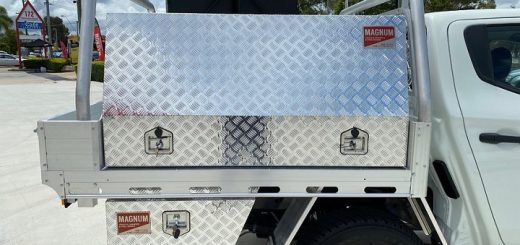How to Choose the Best Flooring for Your Home
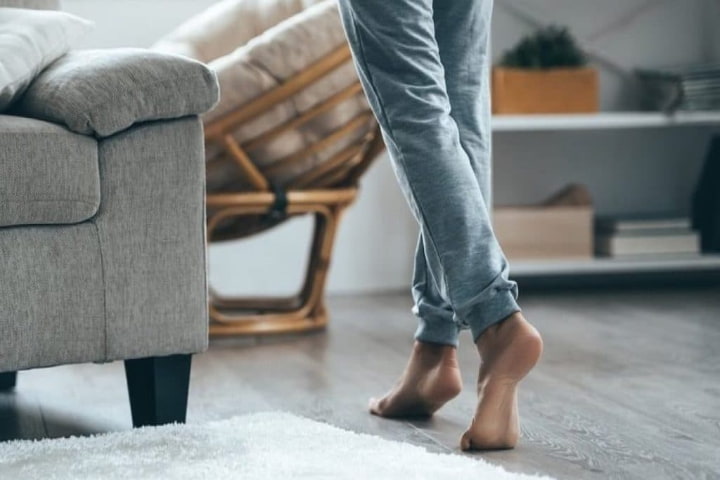
source: jgkinghomes.com.au
Just like the skin is considered the biggest organ of the human body, the floor is the biggest “organ” of the home. Apart from that, floors have to undergo years of use, so if you are doing major renovations or moving into a new home, you need to invest in a sturdy, durable and comfortable one. Choosing in accordance with your needs means having basic knowledge of the different types.
Vinyl
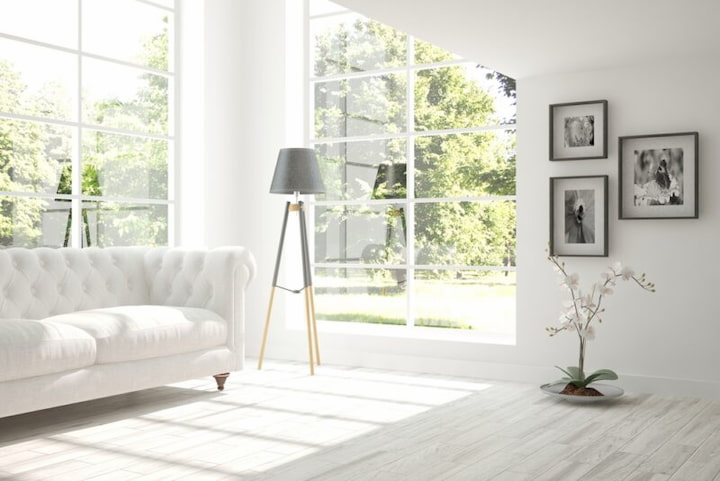
source: propertyfinder.eg
When it comes to home tile flooring, vinyl is one of the most popular choices. It is also the most affordable option that can mimic wood and tiles. Vinyl is made from a layer of polyvinyl chloride over a layer of felt. Cushioned vinyl has a thin layer of foam as well, making it more comfortable to walk on. Thicker vinyl flooring can have a textured surface to make it look like wood or stone. This type is among the most resilient, durable and yet soft and comfortable underfoot home flooring.
Vinyl flooring comes in three types: vinyl sheets, vinyl planks and vinyl tiles. The first one is a large sheet of flooring that is very flexible. You can simply unroll it, cut to size, and glue to your subfloor. Another way of buying vinyl flooring is in click-style vinyl planks, that you glue in place one at a time. Vinyl tiles are probably easiest to install since they come with a peel-and-stick backing, so you don’t need to add any adhesive before laying them down.
You can choose an authentic reproduction of beautiful and natural wood, stone and abstract effects that are available in an adhesive-free, ready to lay product to reduce installation time. And the greatest part is, you can use it in every room of the house, including kitchens, bathrooms; basements and hobby rooms.
Luxury Vinyl
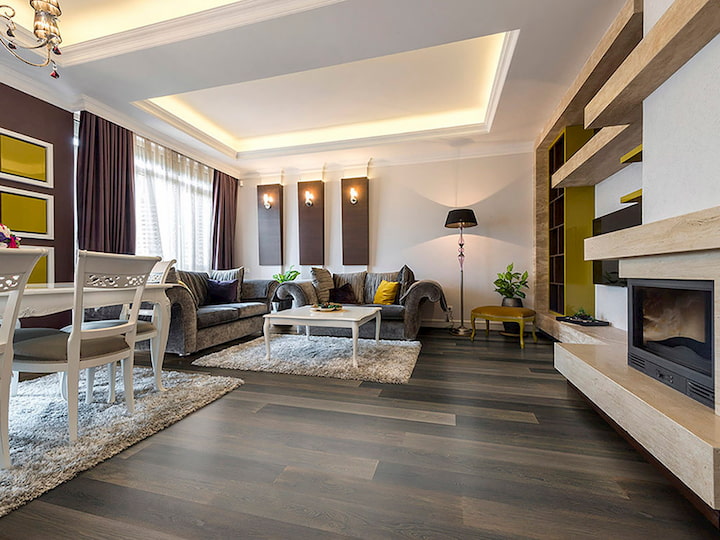
source: homeadvisor.com
If you are looking for a stylish, yet durable home tile flooring, luxury vinyl flooring is an ideal match. This flooring material can truly fool your guests that your floor is made from real wood. Traditional luxury vinyl plank flooring is made with a synthetic material formed by mixing and melting polyvinyl chloride resins, white pigments, calcium carbonate, plasticizers, fungicide and UV stabilizers. These compounds are combined by using heat and pressure. The vinyl compound is then added to a backing layer. This way of production speaks volumes about the quality, durability and stability of this flooring material.
Opting for a luxury vinyl flooring is the best way to ensure that your floor is 100 % waterproof, non-slippery, comfortable and easy to install. This type of flooring is available in a wide range of colours, styles and textures, so finding the perfect match for your decor style should be an easy task. You can find luxury vinyl in glue-down or click-lock installations. Both installations are DIY friendly with the click lock vinyl being easier option. It also doesn’t require many tools or skills. Needless to say, you can apply luxury vinyl flooring into every room of your house.
Hardwood
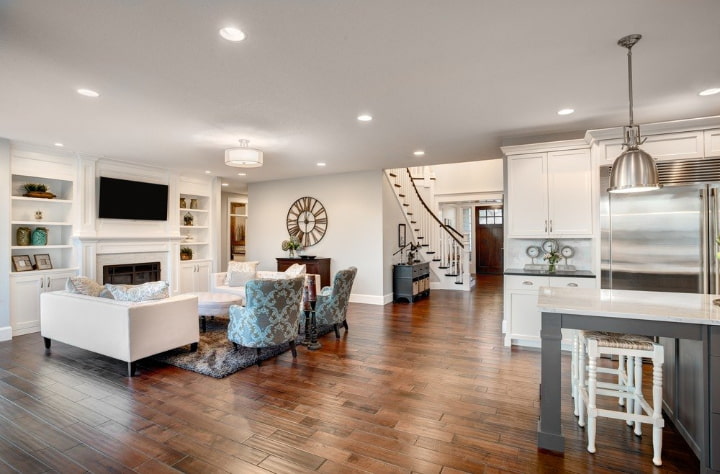
source: homeselfe.com
Hardwood or solid wood is still popular when it comes to residential flooring. Solid wood flooring can be made from any kind of wood, such as oak, maple, bamboo and many others. It usually comes in weather strips or planks. Wood flooring is available in two options: finished or unfinished. Have in mind that if you choose unfinished flooring, you need to sand and finish it after installation. Prefinished wood flooring might save you some time and effort since it involves less work.
Hardwood flooring is an elegant, warm and long-lasting floor solution, suitable for living rooms, hallways and kitchens. However, this type is susceptible to moisture, so you might want to avoid installing it in bathrooms, laundry rooms and basements. This type of flooring can shrink and swell due to changes in temperature and it can be vulnerable to scratches and dents. It also requires constant maintenance to retain its looks. Hardwood flooring is among the most expensive options available on the market. Additionally, if you care about the environment, hardwood flooring isn’t the right solution for you.
Engineered Wood
This type usually comes in laminate construction and provides optimal stability. Engineered wood flooring tends to look exactly like the hardwood, but the way of production is different. The trick is that it has a thin veneer of natural wood on top, while underneath it’s filled with less expensive plywood layers. Because of this, engineered wood is an affordable, yet sturdy flooring option.
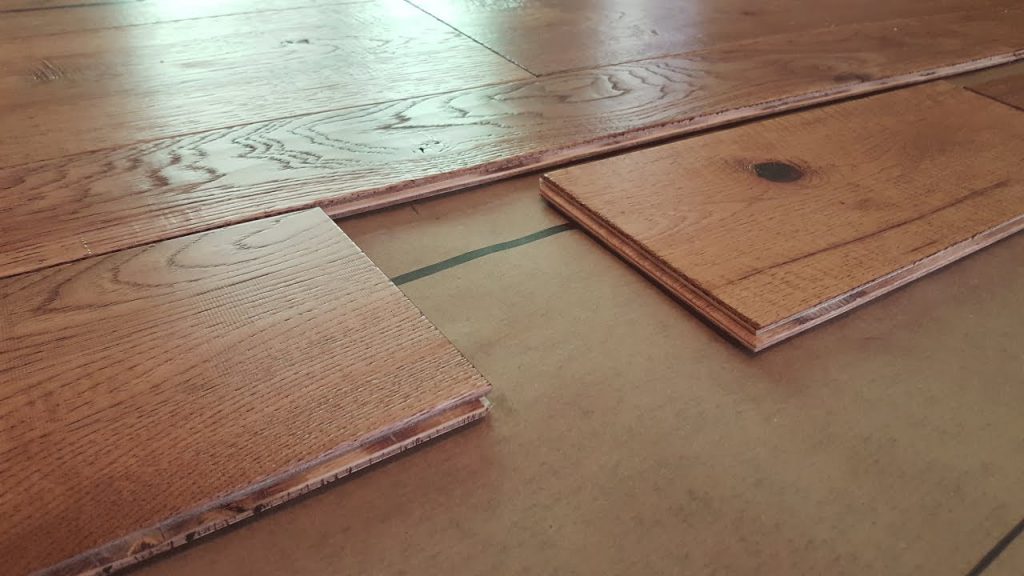
source: businessbrokerageblogs.com
Some types of engineered wood offer even more stability with backing made from recycled wood fibre mixed with stone dust. The main advantage of engineered wood flooring over hardwood flooring is that it can usually be installed directly over a concrete subfloor. However, same as hardwood, the real wood surface of engineered wood flooring may scratch and dent, and it can’t be refinished more than once, which means it’s less durable in the long run.
Engineered wood can work well in all the same spaces as solid wood. It’s also suitable for basements and enclosed porches.
Ceramic Tiles
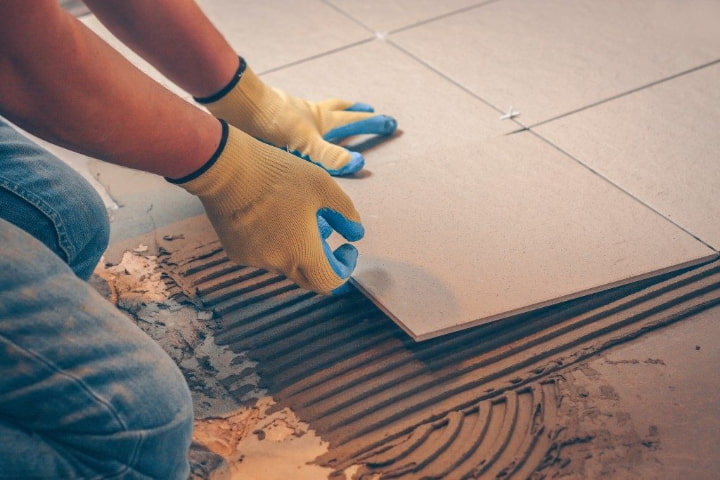
source: sustainableman.org
Produced from quarried clay, ceramic tiles come in a huge variety of colours, shapes and patterns. When considering ceramic tile as a flooring solution for your home, have in mind that not all of them are tough enough to be used for flooring. The main types that you can use as home flooring are the following.
Glazed
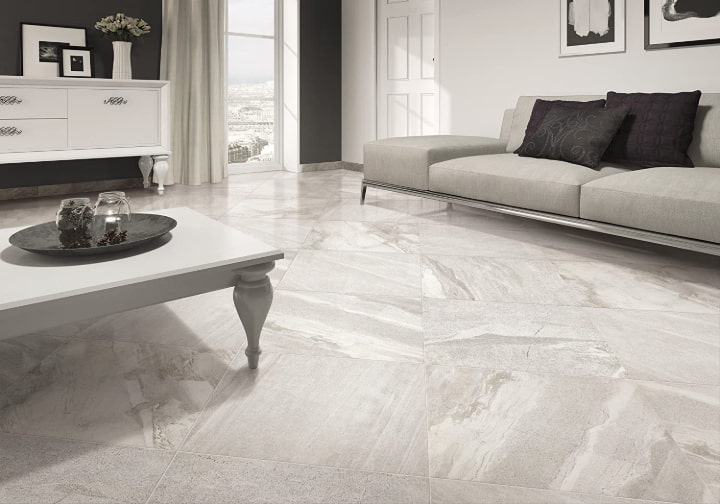
source: classicceramictile.ca
This type of tile has a glass-like covering that is a hard protective top layer impervious to water and most stains. The biggest advantage of this material is that it’s practically maintenance-free. This is the main reason why it’s preferred for wet areas like bathrooms, kitchens, and laundry rooms. Dirt, stains, and liquids rest on the surface, allowing you to easily wipe or mop them away. However, this is a cold, hard, slippery flooring that might not feel very comfortable under your feet. Since it needs to be sealed, the installation process might be a bit challenging.
Quarry
Quarry tiles have a slightly rough texture that makes it more slip-resistant than glazed tile. Since this type is very basic and doesn’t require any glaze in the top of the layer of the tile, it’s more affordable than the glazed tile. However, it’s not available in as wide a range of colours.
Terracotta
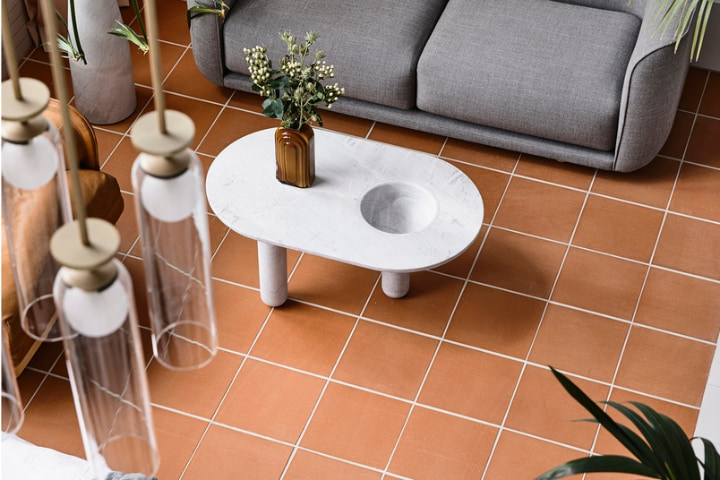
source: architectureau.com
This type is ideal if you are looking for flooring in earth tones. Due to their raw and porous nature, it is difficult to predict the longevity of terracotta floors. The biggest con of this type of flooring is that it attracts water and other liquids, forming permanent stains and damage, Having this in mind, it is crucial to seal the terracotta tiles, using a high-quality sealant. Unsealed tiles tend to break and decay quickly.
